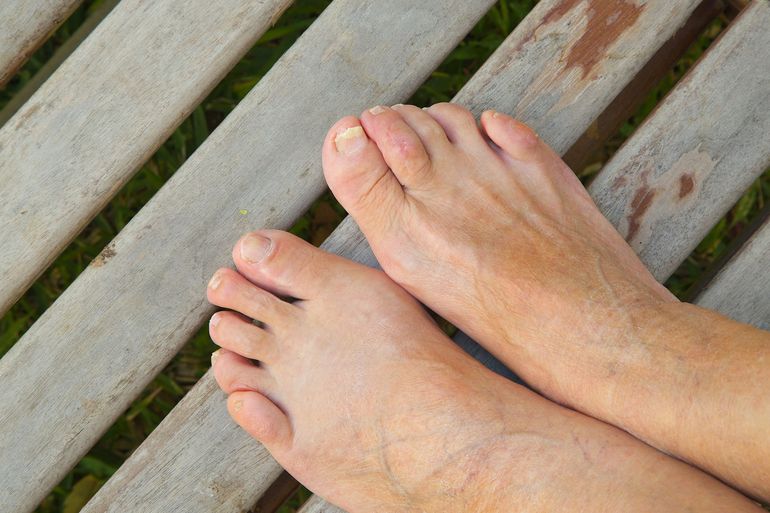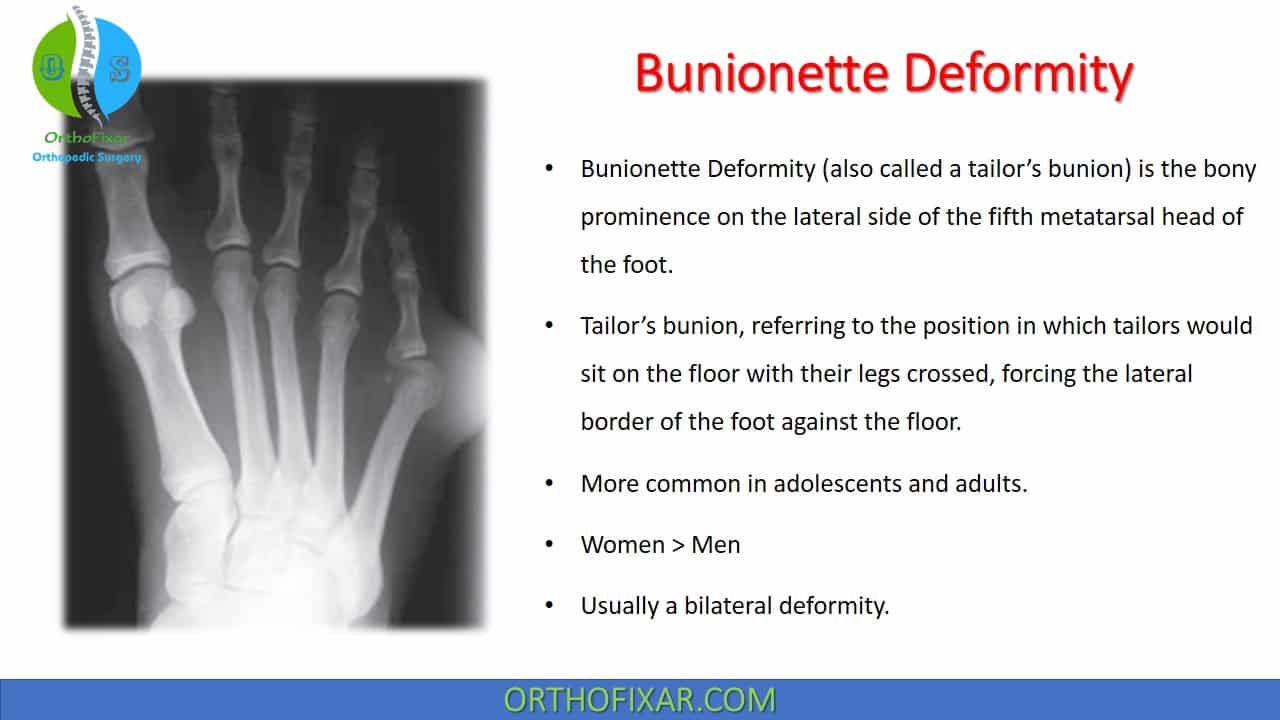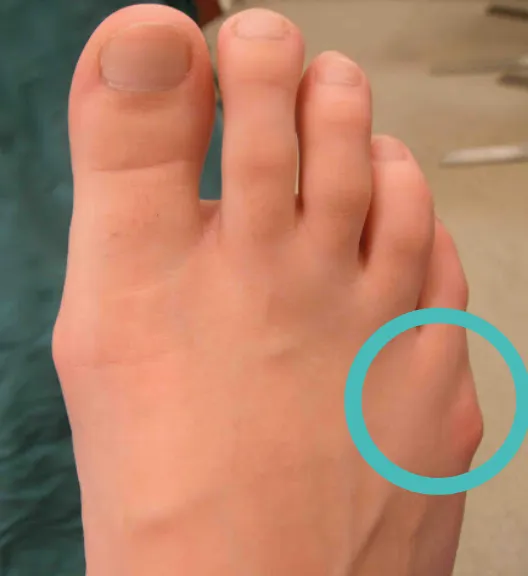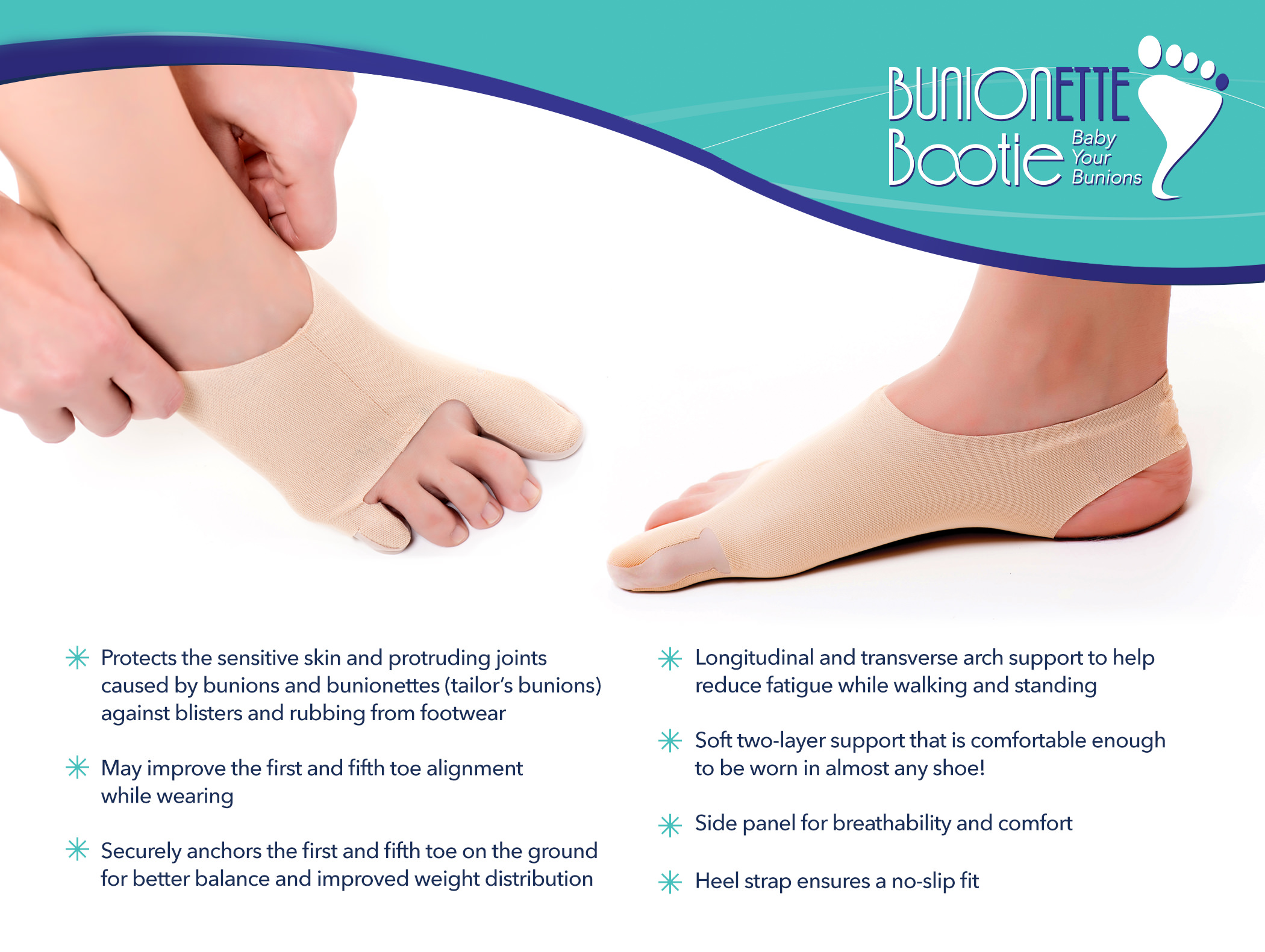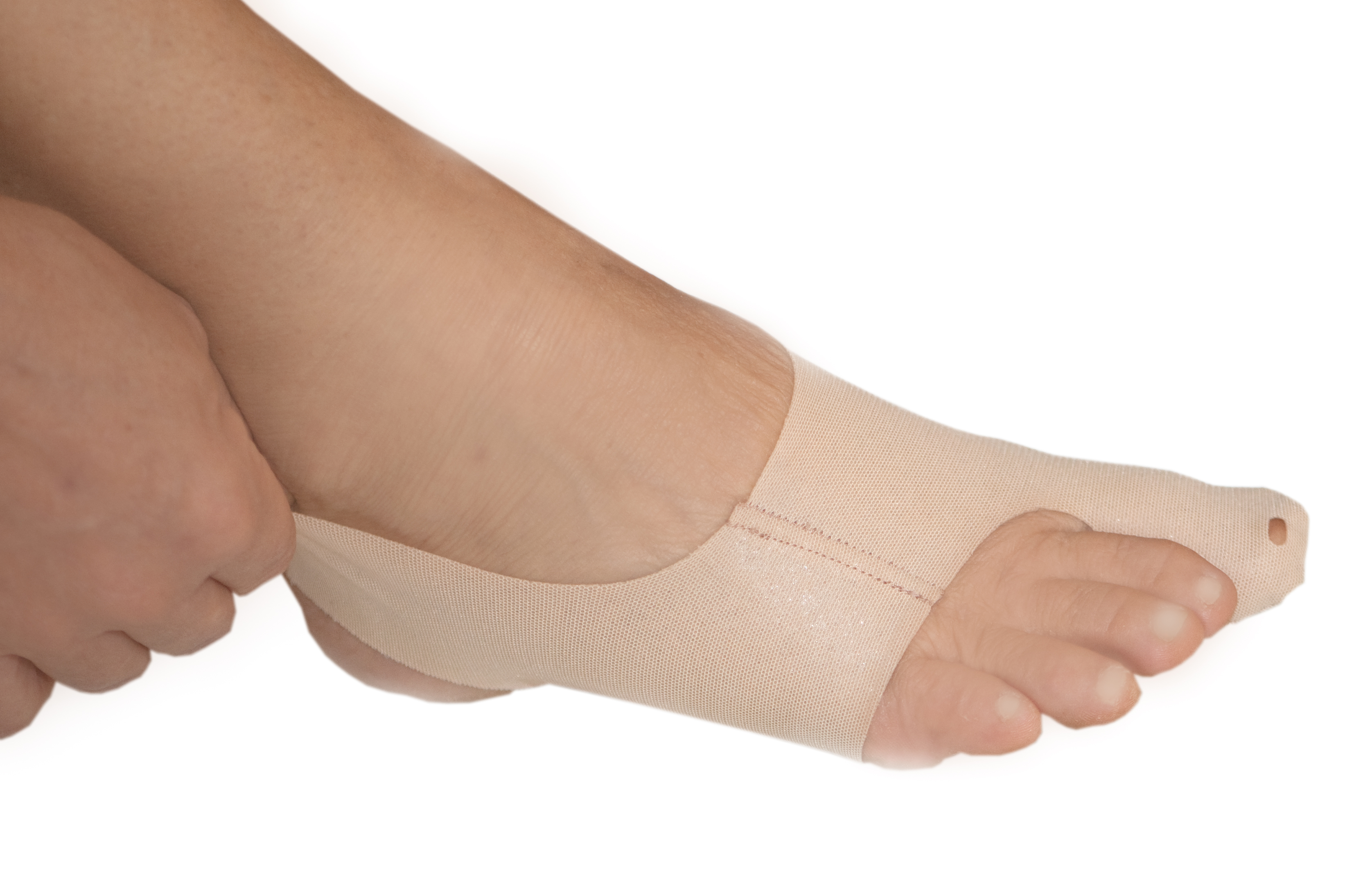Beautiful Tips About How To Treat Bunionette
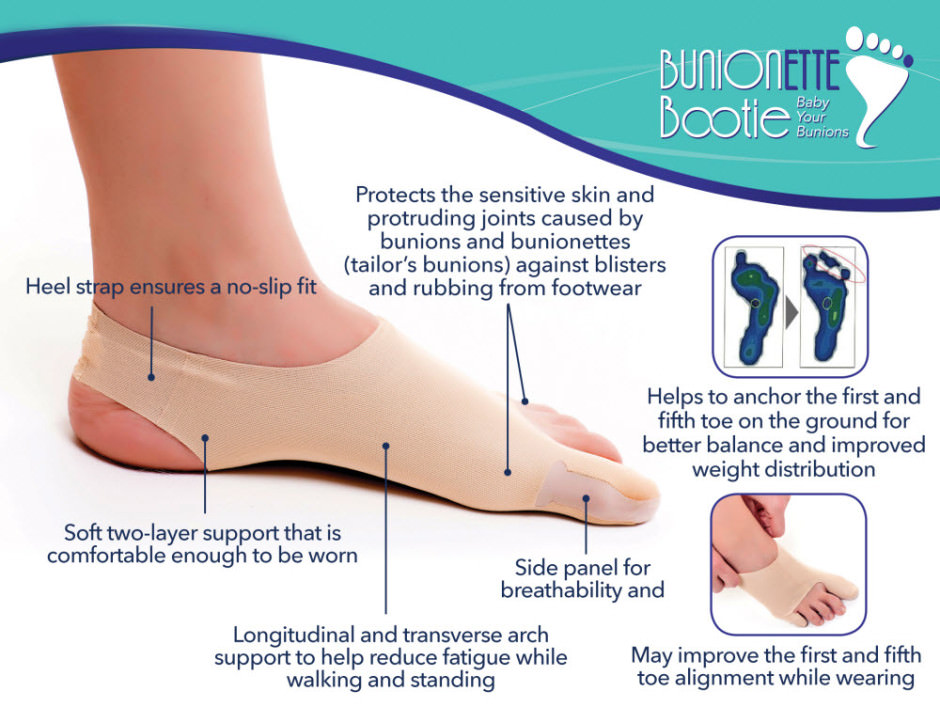
Acetaminophen (tylenol, others), ibuprofen (advil, motrin ib, others) or naproxen sodium (aleve) can help you control the pain of a bunion.
How to treat bunionette. Changing shoes, especially to shoes that are wider at the toes or wearing sandals, can alleviate the discomfort of. A tailor’s bunion, or bunionette, occurs when this bump is on the outside of the foot, at the base. Standing or moving around for long periods can make.
Use warm soaks, ice packs, whirlpool, ultrasound and massage. This can cause pain and stiffness in the big toe joint. If the joint is affected, cortisone injection.
A bunion is a bony bump that forms along the side of the foot. Your shoes shouldn’t be tight, the toe area should be wide, and the heel should be less than 1 to 2 inches. Luckily, there are ways to lessen your likelihood of developing bunions.
The first step for bunionette pain relief is nonsurgical treatment. Bunions are usually easy to spot as the main symptom is a hard lump on the side of your foot, near the big toe. For some patients, physiotherapy may be.
Some patients insist on surgery to redress the defect, which can be aesthetically unpleasant. Exercises have an important role in both types of bunionette treatment. Prevention a tailor’s bunion, also called a bunionette, is a bony lump that forms along the side of the little toe.
The best treatment for a tailor’s bunion is wearing loose. Wearing shoes with a wider toebox or sandals 3. Foot care, which includes soaking, softening, moisturizing the feet, and removing partridge eyes.
Padding the bunionette when you look for the right footwear, make sure the ball of your foot fits well in the widest part of the shoe. A bunionette is similar to a bunion, but it develops on the outside of the foot. Typically, treatment focuses on improving pain levels and can include:
This can include wearing shoes that are roomier with a wide toe box to avoid rubbing on the bony prominence.
